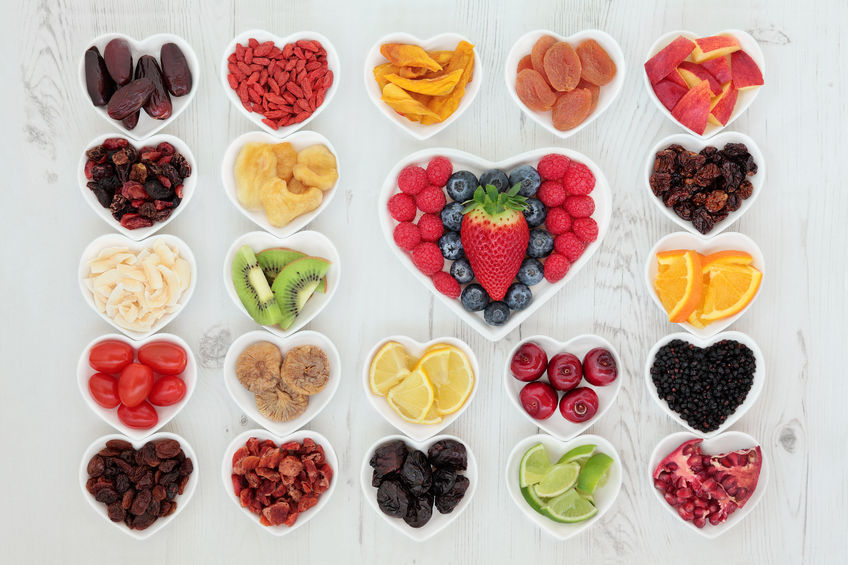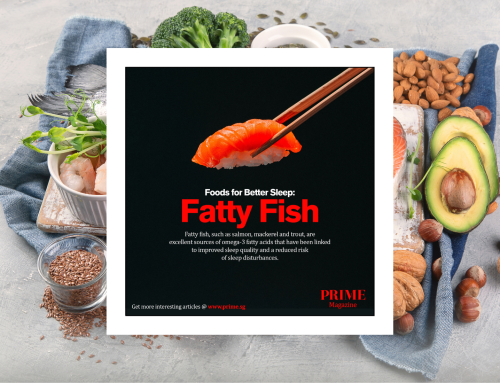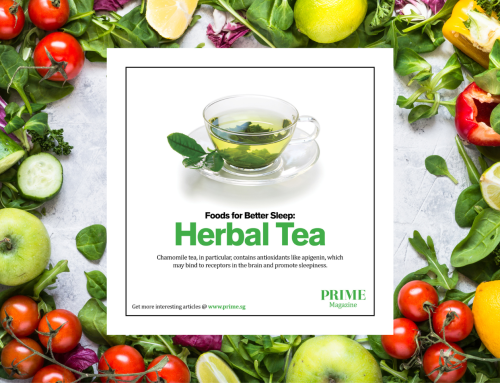
Looking to add more fiber to your diet? Fibre – along with adequate fluid intake – moves quickly and relatively easily through your digestive tract and helps it function properly. A high-fibre diet may also help reduce the risk of obesity, heart disease & diabetes.
There are 2 types of fibre: soluble & insoluble. Soluble fibre slows digestion and helps you feel full for longer. It may also help to prevent or control diabetes because of its effect on blood sugar, and is related to heart health because it can help lower LDL or “lethal” cholesterol. Insoluble fibre adds bulk to your waste, helping to prevent constipation and keep your bowels working well. Therefore, we require both types of fibre in our diets.
Beans.
All beans are good, whether baked beans, beans like kidney beans in chilli or beans in salads. Half a tin of baked beans (200g) is 7g of fibre.
Wholegrain and wholemeal.
Skip white bread and pasta, look out for wholegrain and wholemeal on the labels.
Brown or wholegrain rice.
White rice doesn’t offer as much fibre.
Keep your finger on the pulses. As well as beans, chickpeas and lentils are full of fibre, high in protein and low fat.
Nuts.
Almonds, pecans, and walnuts have more fibre than other nuts.
Jacket potato – the skin is the important bit. A small baked potato has 3g fibre.
Dried fruit.
If fresh fruit isn’t available, dried fruit offers a fibre-full snack. A 50g portion of dried figs is 4g fibre.
Bran based cereal and other healthy cereal options.
To count as high-fibre food, it has to contain at least 6g of fibre per 100g. A 30g bowl of bran flakes delivers 4g of fibre.
Porridge – is made from oats which are a great source of fibre.
Fruits and vegetables.
At least 5-a-day portions and the crunchier the better. A medium-sized apple alone is 2g fibre.










